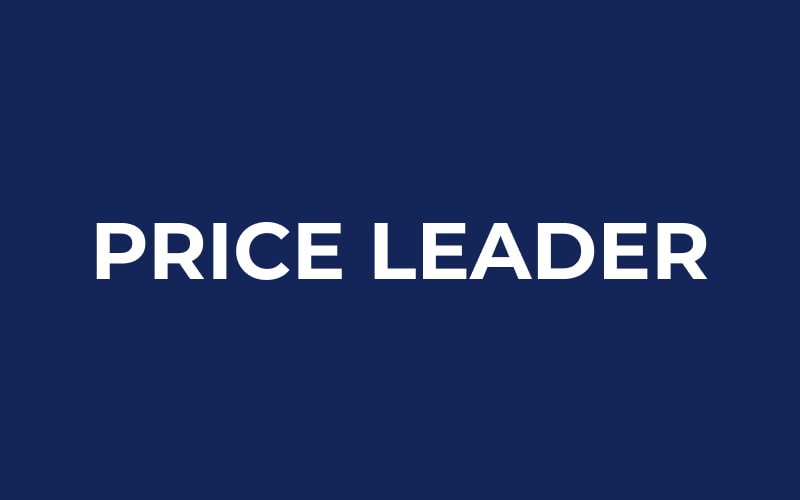
Price leader
What is a Price Leader? The term refers to a company or brand that sets the benchmark or reference price for a particular product or category within the market. They are often seen as trendsetters and influential players in the industry. By strategically positioning their prices, companies in this position can shape market dynamics and influence the pricing decisions of other businesses.
Benefits of Being a Price Leader:
- Competitive Advantage: By establishing lower prices or offering better value for the same price, businesses can attract a larger customer base and gain a competitive edge over their rivals.
- Market Positioning: Price leaders can position themselves as cost leaders, offering affordable options that appeal to price-sensitive customers. This positioning can help build brand reputation and customer loyalty.
- Pricing Influence: Price leaders can shape the pricing strategies of other businesses in the market. Competitors often benchmark their prices against those of the price leader, making it important for businesses to closely monitor and respond to the pricing moves of these businesses.
- Market Expansion: Lower pricing as a price leader can help penetrate new markets, reach new customer segments, and expand market share.
- Price Perception: Price leaders can influence customers’ perception of value. When customers perceive that a brand offers competitive prices, it can enhance their perception of the overall quality and value of the products or services.
To become a successful Price Leader, businesses must:
- Conduct thorough market research to identify pricing trends, competitors, and customer preferences.
- Establish a pricing strategy that aligns with the brand’s positioning and target market.
- Monitor competitors’ pricing activities to ensure the Price Leader maintains a competitive edge.
- Continuously evaluate and adjust pricing strategies to respond to market dynamics and customer demands.
Summary
Being a price leader in the e-commerce and retail industry can have significant advantages for businesses. It allows them to shape market dynamics, attract customers with competitive pricing, and influence competitors’ pricing strategies. By adopting effective pricing strategies and closely monitoring market trends, businesses can position themselves as price leaders and reap the benefits of market leadership.

